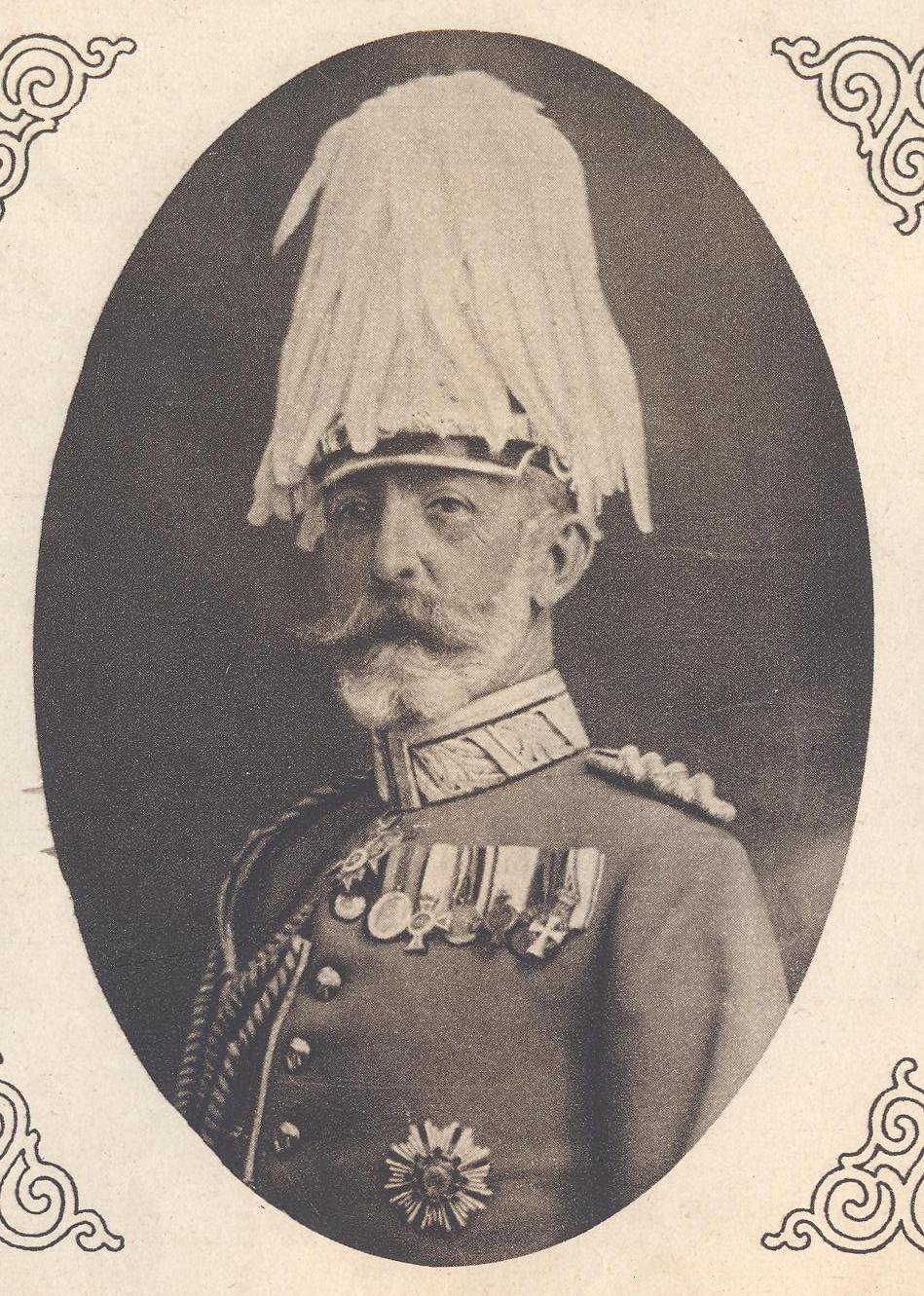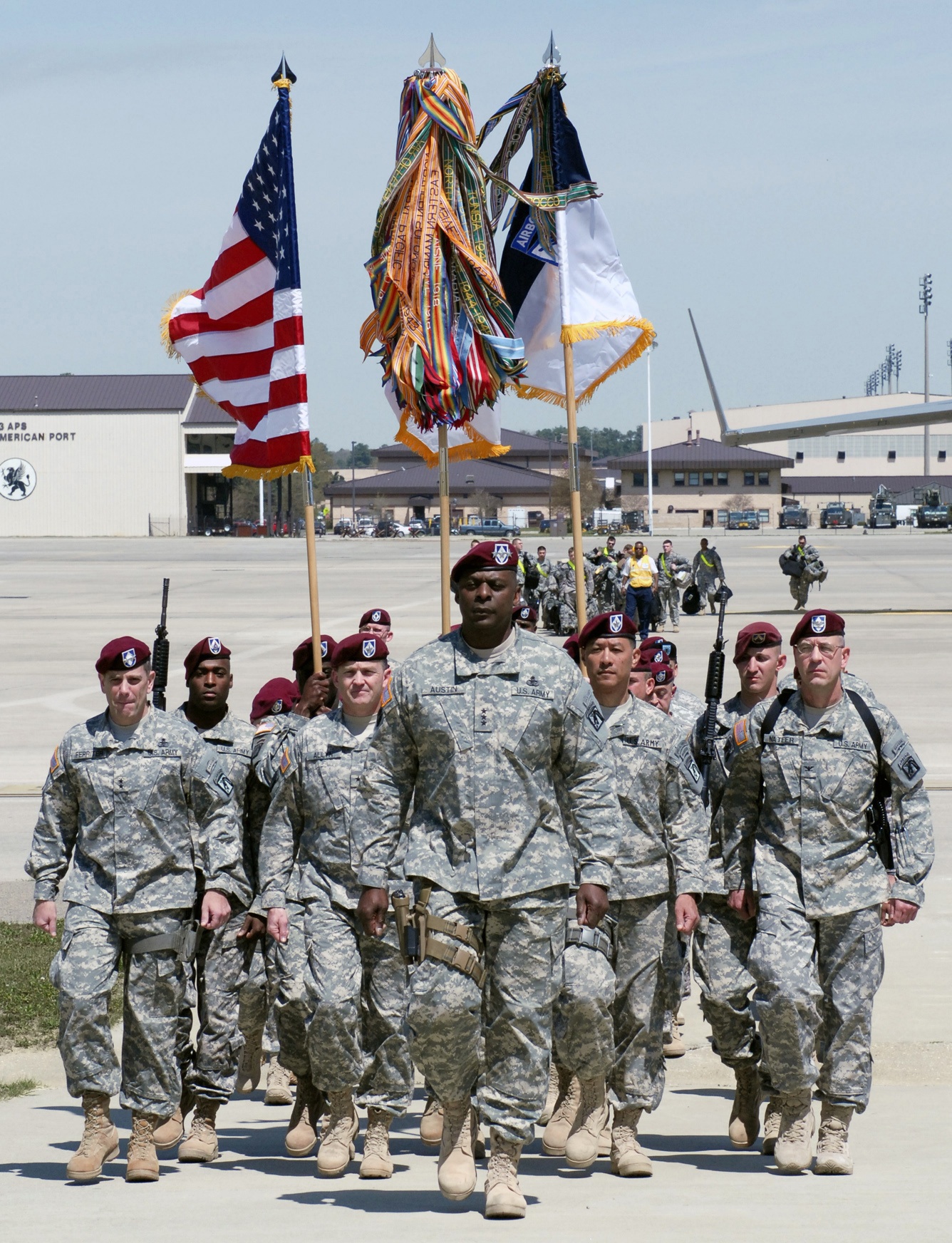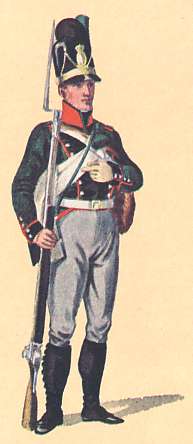|
II Royal Bavarian Reserve Corps
The II Royal Bavarian Reserve Corps / II Bavarian RK (german: II. Königlich Bayerisches Reserve-Korps) was a corps level command of the Royal Bavarian Army, part of the German Army during World War I. The corps only existed for a few months before the Staff was used to form a new Staff for the South Army on the Eastern Front. History In peacetime, the German Army only conscripted about half of those eligible to serve, as the population was too numerous for its establishment. The remainder were posted to the ''Landsturm'' or the ''Ersatz'' Reserve. At the outbreak of the War, a large number of volunteers flocked to the colours. In October 1914, these formed the XXII - XXVII Reserve Corps (43rd - 54th Reserve Divisions) plus the 6th Bavarian Reserve Division). Similarly, in December 1914, a second wave of corps (XXXVIII - XXXXI Reserve Corps) and divisions (75th - 82nd Reserve Divisions along with 8th Bavarian Reserve Division) was formed. The personnel predominantly comprised ... [...More Info...] [...Related Items...] OR: [Wikipedia] [Google] [Baidu] |
Corps
Corps (; plural ''corps'' ; from French , from the Latin "body") is a term used for several different kinds of organization. A military innovation by Napoleon I, the formation was first named as such in 1805. The size of a corps varies greatly, but from two to five divisions and anywhere from 40,000 to 80,000 are the numbers stated by the US Department of Defense. Within military terminology a corps may be: *an operational formation, sometimes known as a field corps, which consists of two or more divisions, such as the , later known as ("First Corps") of Napoleon I's ); *an administrative corps (or mustering) – that is a specialized branch of a military service (such as an artillery corps, a medical corps, or a force of military police) or; *in some cases, a distinct service within a national military (such as the United States Marine Corps). These usages often overlap. Corps may also be a generic term for a non-military organization, such as the US Peace Corps ... [...More Info...] [...Related Items...] OR: [Wikipedia] [Google] [Baidu] |
Felix Graf Von Bothmer
Felix Ludwig Graf von Bothmer (10 December 1852 – 18 March 1937) was a German general from Bavaria. He notably served in the Brusilov offensive of World War I. Military Career and After In 1871 Bothmer joined the Bavarian Army. He spent most of the following forty years serving in the Bavarian War Ministry or on the Royal Bavarian Army General Staff, with stints of line duty and three years in Berlin with the Prussian General Staff. Rising through the ranks; in 1910 he was promoted to ''General der Infanterie''. Before World War I Bothmer fractured a leg which rendered him unfit for field duty, resulting in him having to wait for a command until December. On 30 November 1914 he was appointed to command the 6th Bavarian Reserve Division at Ypres. On 22 March 1915 he was given the command of Corps Bothmer, a unit raised to help defend the passes of the Carpathian Mountains against Russian attacks that directly threatened Hungary. He won the Battle of Zwinin which took place ... [...More Info...] [...Related Items...] OR: [Wikipedia] [Google] [Baidu] |
1915 Disestablishments In Germany
Events Below, the events of World War I have the "WWI" prefix. January *January – British physicist Sir Joseph Larmor publishes his observations on "The Influence of Local Atmospheric Cooling on Astronomical Refraction". *January 1 ** WWI: British Royal Navy battleship HMS ''Formidable'' is sunk off Lyme Regis, Dorset, England, by an Imperial German Navy U-boat, with the loss of 547 crew. **Battle of Broken Hill: A train ambush near Broken Hill, New South Wales, Australia, is carried out by two men (claiming to be in support of the Ottoman Empire) who are killed, together with 4 civilians. * January 5 – Joseph E. Carberry sets an altitude record of , carrying Capt. Benjamin Delahauf Foulois as a passenger, in a fixed-wing aircraft. * January 12 ** The United States House of Representatives rejects a proposal to give women the right to vote. ** ''A Fool There Was'' premières in the United States, starring Theda Bara as a ''femme fatale''; she quickly becomes one of ... [...More Info...] [...Related Items...] OR: [Wikipedia] [Google] [Baidu] |
1914 Establishments In Germany
This year saw the beginning of what became known as World War I, after Archduke Franz Ferdinand of Austria, heir to the Austrian throne was assassinated by Serbian nationalist Gavrilo Princip. It also saw the first airline to provide scheduled regular commercial passenger services with heavier-than-air aircraft, with the St. Petersburg–Tampa Airboat Line. Events January * January 1 – The St. Petersburg–Tampa Airboat Line in the United States starts services between St. Petersburg and Tampa, Florida, becoming the first airline to provide scheduled regular commercial passenger services with heavier-than-air aircraft, with Tony Jannus (the first federally-licensed pilot) conveying passengers in a Benoist XIV flying boat. Abram C. Pheil, mayor of St. Petersburg, is the first airline passenger, and over 3,000 people witness the first departure. * January 11 – The Sakurajima volcano in Japan begins to erupt, becoming effusive after a very large earthquake on J ... [...More Info...] [...Related Items...] OR: [Wikipedia] [Google] [Baidu] |
Military Units And Formations Of Bavaria
A military, also known collectively as armed forces, is a heavily armed, highly organized force primarily intended for warfare. It is typically authorized and maintained by a sovereign state, with its members identifiable by their distinct military uniform. It may consist of one or more military branches such as an army, navy, air force, space force, marines, or coast guard. The main task of the military is usually defined as defence of the state and its interests against external armed threats. In broad usage, the terms ''armed forces'' and ''military'' are often treated as synonymous, although in technical usage a distinction is sometimes made in which a country's armed forces may include both its military and other paramilitary forces. There are various forms of irregular military forces, not belonging to a recognized state; though they share many attributes with regular military forces, they are less often referred to as simply ''military''. A nation's military may f ... [...More Info...] [...Related Items...] OR: [Wikipedia] [Google] [Baidu] |
Corps Of Germany In World War I
Corps (; plural ''corps'' ; from French , from the Latin "body") is a term used for several different kinds of organization. A military innovation by Napoleon I, the formation was first named as such in 1805. The size of a corps varies greatly, but from two to five divisions and anywhere from 40,000 to 80,000 are the numbers stated by the US Department of Defense. Within military terminology a corps may be: *an operational formation, sometimes known as a field corps, which consists of two or more divisions, such as the , later known as ("First Corps") of Napoleon I's ); *an administrative corps (or mustering) – that is a specialized branch of a military service (such as an artillery corps, a medical corps, or a force of military police) or; *in some cases, a distinct service within a national military (such as the United States Marine Corps). These usages often overlap. Corps may also be a generic term for a non-military organization, such as the US Peace Corps and ... [...More Info...] [...Related Items...] OR: [Wikipedia] [Google] [Baidu] |
Bavarian Army
The Bavarian Army was the army of the Electorate (1682–1806) and then Kingdom (1806–1919) of Bavaria. It existed from 1682 as the standing army of Bavaria until the merger of the military sovereignty (''Wehrhoheit'') of Bavaria into that of the German State in 1919. The Bavarian Army was never comparable to the armies of the Great Powers of the 19th century, but it did provide the Wittelsbach dynasty with sufficient scope of action, in the context of effective alliance politics, to transform Bavaria from a territorially-disjointed small state to the second-largest state of the German Empire after Prussia. History 1682–1790: From the first standing army to the Napoleonic Wars The '' Reichskriegsverfassung'' of 1681 obliged Bavaria to provide troops for the Imperial army. Moreover, the establishment of a standing army was increasingly seen as a sign of nation-statehood and an important tool of absolutist power-politics. At a field camp in Schwabing on 12 October 1682, the ... [...More Info...] [...Related Items...] OR: [Wikipedia] [Google] [Baidu] |
Army Of The Bug
The Army of the Bug (german: Bugarmee / Armeeoberkommando Bug / A.O.K. Bug) was an army level command of the German Army in World War I named for the Bug River. It was formed against Russia on 8 July 1915 and served exclusively on the Eastern Front. It was dissolved on 31 March 1918. History The Army of the Bug was formed on 8 July 1915 by renaming the previous South Army with headquarters in Lemberg. After the commander, General der Infanterie Alexander von Linsingen, had been appointed to simultaneous command of ''Heeresgruppe'' Linsingen on 20 September 1915, the Army of the Bug was split into ''Armee-Gruppen'' that were under the direct command of the ''Heeresgruppe''. At various times, these included :''Armee-Gruppe'' Gronau (formerly XXXXI Reserve Corps) 20 September 1915 – 18 September 1916 (then raised to the status of an ''Armee-Abteilung'') :''Armee-Gruppe'' Marwitz (formerly VI Corps) 15 June 1916 – 22 August 1917 :''Armee-Gruppe'' Litzmann (formerly XXXX R ... [...More Info...] [...Related Items...] OR: [Wikipedia] [Google] [Baidu] |
General Of The Infantry (Germany)
General of the Infantry (german: General der Infanterie, abbr. ) is a former rank of the German army (). It is currently an appointment or position given to an OF-8 rank officer, who is responsible for particular affairs of training and equipment of the ''Bundeswehr'' infantry. Former rank in the German ground forces General of the Infantry was a former rank of General of the branch OF-8 in the German land forces ( Imperial Army, '' Reichswehr'' and ''Wehrmacht'') and also in the Prussian Army and the Austro-Hungarian Army. It was the third-highest general officer rank, subordinate only to Colonel General and Field Marshal. It is equivalent to a three-star rank today. The same rank was adopted by the Finnish Army ( fi, Jalkaväenkenraali) between the world wars. German cavalry officers of equivalent rank were called '' General der Kavallerie'' and those in the artillery corps were '' General der Artillerie''. In 1935 the Wehrmacht added the ranks of '' General der Panz ... [...More Info...] [...Related Items...] OR: [Wikipedia] [Google] [Baidu] |
World War I
World War I (28 July 1914 11 November 1918), often abbreviated as WWI, was List of wars and anthropogenic disasters by death toll, one of the deadliest global conflicts in history. Belligerents included much of Europe, the Russian Empire, the United States, and the Ottoman Empire, with fighting occurring throughout Europe, the Middle East, Africa, the Pacific Ocean, Pacific, and parts of Asia. An estimated 9 million soldiers were killed in combat, plus another 23 million wounded, while 5 million civilians died as a result of military action, hunger, and disease. Millions more died in Genocides in history (World War I through World War II), genocides within the Ottoman Empire and in the Spanish flu, 1918 influenza pandemic, which was exacerbated by the movement of combatants during the war. Prior to 1914, the European great powers were divided between the Triple Entente (comprising French Third Republic, France, Russia, and British Empire, Britain) and the Triple A ... [...More Info...] [...Related Items...] OR: [Wikipedia] [Google] [Baidu] |
8th Bavarian Reserve Division
The 8th Bavarian Reserve Division (''8. Bayerische Reserve-Division'') was a unit of the Imperial German Army in World War I. The division was formed at the end of December 1914 and organized over the next month, arriving in the line in late January 1915. It was part of the second large wave of new divisions formed at the outset of World War I. The division was disbanded in 1919, during the demobilization of the German Army after World War I. The division was recruited in the Kingdom of Bavaria and was considered to be skilled in mountain warfare. Combat chronicle The 8th Bavarian Reserve Division initially fought on the Western Front, seeing its first action in the trenches in Alsace, where it remained until May 1915. It was then transferred to the Eastern Front, fighting in the breakthrough battle at Lubaczów and in the 1915 Battle of Lemberg. It was sent back to the Western Front in July, again fighting in Alsace, where it remained until July 1916. From 19 July to 22 August ... [...More Info...] [...Related Items...] OR: [Wikipedia] [Google] [Baidu] |
6th Bavarian Reserve Division
The 6th Bavarian Reserve Division (''6. Bayerische Reserve-Division'') was a unit of the Royal Bavarian Army, part of the German Army, in World War I. The division was formed on 10 September 1914 and organized over the next month. The division was disbanded in 1919 during the demobilization of the German Army after World War I. 6th Bavarian Reserve Division was raised and recruited from Bavaria's Ist and IIIrd Army Corps Districts. As a reserve division, it consisted mainly of recalled reservists. A considerable number of war volunteers were taken in, also. Among the latter was the division's most famous soldier, Adolf Hitler, an Austrian-born '' Gefreiter'' in the Bavarian 16 Reserve. Combat chronicle The division entered the war on 30 October 1914, when it entered the First Battle of Ypres, part of the so-called Race to the Sea. The division remained in Flanders thereafter, and fought in numerous actions, including the Battle of Fromelles in July 1916 and the latter ph ... [...More Info...] [...Related Items...] OR: [Wikipedia] [Google] [Baidu] |





